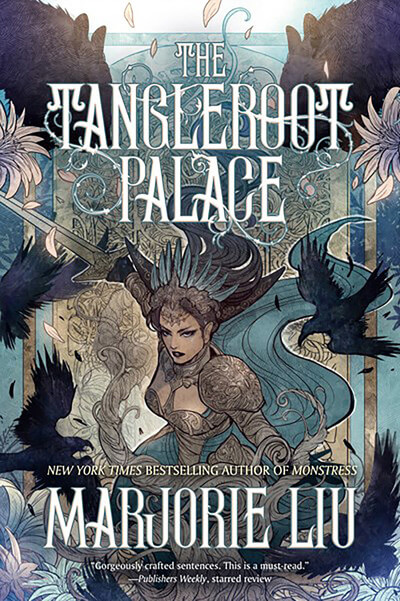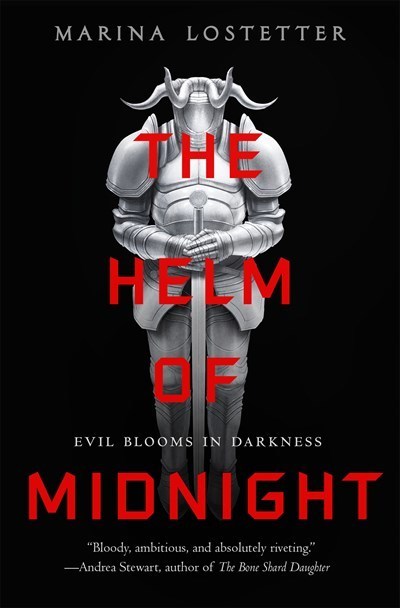Marjorie Liu’s haunting collection of short stories, The Tangleroot Palace, is an astonishing foray into fantastical escapism. These are reworkings of older works of short fiction, and together they create both a love letter to Liu's illustrious career and a curious and joy-filled glimpse into the future. Readers who want to be immersed in otherworldly adventures with feminist themes will find a gifted and enchanting guide in Liu.
As readers find themselves gleefully lost in the labyrinthine forest of stories and monsters that Liu has created, certain beloved tropes will ring true. Liu’s love for superheroes is apparent, especially in the tale of lonely geneticist Alexander “Lex Luthor” Lutheran, who fantasizes about being a comic supervillain. Liu consistently returns to themes of found family, freedom from societal expectations and grappling with the good, the bad and the ugly of family legacy to forge one’s own path as a strong hero. Her various reconstructed fairy tales will also be pleasant surprises for those who grew up wondering why princesses never had more agency and why witches were often portrayed in a negative light.
While common motifs develop across these tales, Liu’s versatility within and mastery of multiple fantasy subgenres also shines. In “Sympathy for the Bones,” teenage Clora reluctantly helps her guardian, Old Ruth, create poppets to kill locals on demand; “The Briar and the Rose” and “The Last Dignity of Man” showcase two very different queer love stories; “Call Her Savage” envisions an alternate history in which women are respected and feared in the military and across timelines; and “After the Blood” is a post-pandemic Amish vampire story (talk about words you never expected to see together in a sentence!) that tests a couple’s love and offers hope and light in the face of a ravaged world.
With its vivid characters and relatable themes, The Tangleroot Palace is, frankly, a marvel. Liu is a chameleon of a writer when it comes to settings and world building. From another writer, these various stories might have felt haphazardly cobbled together, but not here. These are all stories of survival and strength, no matter the cost, in which women are joyously celebrated as heroes, warriors, scientists, sorceresses and duelists. On every page of The Tangleroot Palace, women have the power to take their own stories back and rework them in ways that are resilient, powerful and new.





























